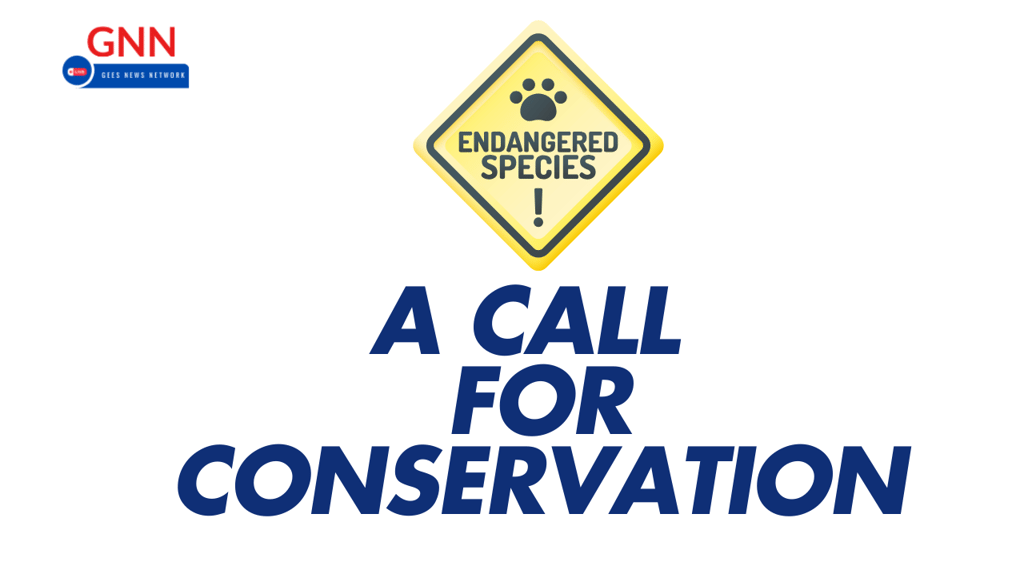World’s Most Endangered Animals: A Call for Conservation
Most Endangered Animals
WORLD REGIONAL NEWSWORLD NEWS
12/12/20242 min read


World’s Most Endangered Animals: A Call for Conservation
The survival of numerous animal species hangs by a thread, with many facing extinction due to habitat loss, poaching, climate change, and human activities. Here’s a list of some of the world’s most endangered animals that urgently need our attention:
According to the International Union for the Conservation of Nature (IUCN), nearly 4,000 species are classified as critically endangered. This alarming designation highlights species facing such grave threats that they are at imminent risk of extinction in the wild.
Primates in Peril
Gorillas: Mountain and Cross River gorillas face habitat destruction and poaching.
Orangutans: Both Sumatran and Tapanuli orangutans are critically endangered due to deforestation and human-wildlife conflict.
Lemurs: Over 90% of lemur species are at risk, mainly due to habitat loss in Madagascar.
Majestic Big Cats
Amur Leopard: One of the rarest big cats, with fewer than 100 individuals left in the wild.
Snow Leopard: Known as the “ghost of the mountains,” this elusive predator faces threats from poaching and habitat loss.
Tiger: Subspecies like the Sunda Island tiger are critically endangered, with population numbers dwindling.
Vulnerable Marine Creatures
Vaquita: The smallest and rarest marine mammal, found only in the northern part of the Gulf of California, is on the brink of extinction.
North Atlantic Right Whale: Entanglement in fishing gear and ship strikes pose significant threats.
Hawksbill and Leatherback Turtles: These sea turtles are critically endangered due to poaching, fishing bycatch, and climate change.
Threatened Rhinoceroses
Javan Rhino: Only a few dozen remain, confined to a single park in Indonesia.
Black Rhino: Despite conservation efforts, poaching remains a persistent threat.
Sumatran Rhino: The smallest rhino species is critically endangered, with fragmented populations.
Unique Forest Inhabitants
Saola: Known as the "Asian Unicorn," this mysterious antelope is rarely seen in the wild.
Asian Elephant: Habitat destruction and human conflict have left the species vulnerable.
African Forest Elephant: Deforestation and poaching for ivory are major threats.
Rare Species in the Wild
Pangolins: The most trafficked mammals in the world are hunted for their scales and meat.
Red Wolf: Native to the United States, fewer than 20 remain in the wild.
Snow Leopard: Adapted to high-altitude terrains, but their populations are declining due to human-wildlife conflict.
Oceanic and Riverine Species
Narrow-Ridged Finless Porpoise: Found in Asia’s coastal waters, this species is at risk due to habitat degradation.
Cross River Gorilla: The rarest gorilla subspecies, living in isolated forest regions.
Why It Matters
Biodiversity is crucial for maintaining ecological balance, yet the rapid decline of these species signals broader environmental challenges. Losing even one species can disrupt ecosystems, affecting food chains and the health of the planet.
What Can Be Done?
Conservation Initiatives: Supporting wildlife conservation organizations working to protect critically endangered species and their habitats.
Legislation and Policy: Enforcing stronger anti-poaching laws and habitat preservation policies.
Awareness and Education: Spreading the word about the importance of biodiversity and how individual actions can contribute to conservation.
Sustainable Practices: Adopting eco-friendly habits, reducing waste, and minimizing the impact on natural habitats.


